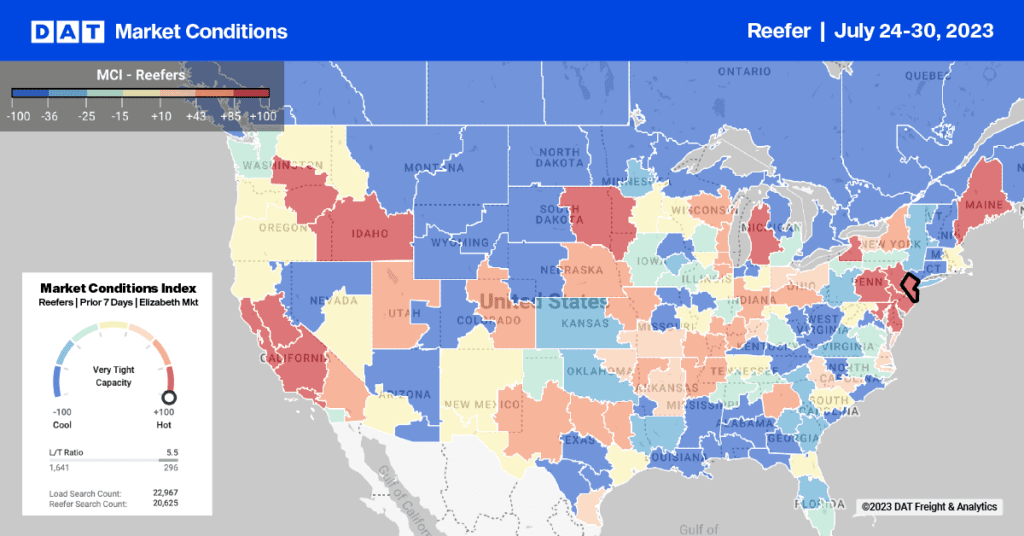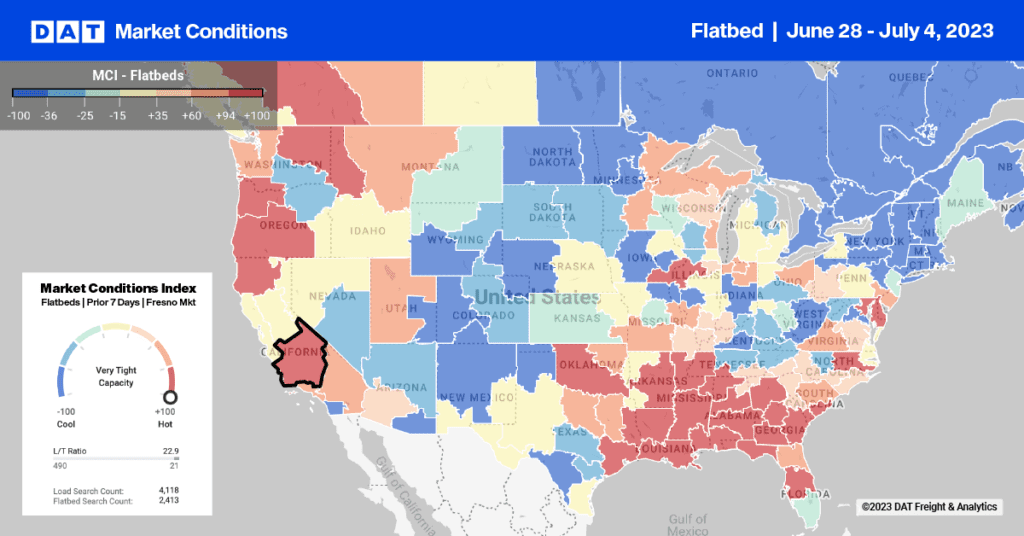The minimum liability limit for an interstate motor carrier is $750,000 combined single limit (CSL) and many trucking firms are carrying $1,000,000 CSL or more. Compared with personal auto liability limits, which can be as low as $25,000, trucking companies are becoming popular targets for lawyers in search of big pay-offs. There are a few factors at play in this development:
• Attorneys are increasingly savvy about regulations that affect trucking, including DOT inspections, hours of service violations, and they rely on these records in their claims.
• A driver’s poor record can be one of the most damning pieces of evidence in a claim, as it demonstrates lack of responsibility through bad driving habits.
• Increased costs for repairs and parts can also increase your insurance premiums.
You can take steps to manage risk within your organization, reducing the severity or frequency of claims. When I was an insurance provider, I recommended these steps to my clients:
1. Think like an insurer. The safer you are, usually the better “loss ratio” you have. (Insurance companies look closely at your loss ratio, which is the premiums you paid divided by claim costs incurred. Essentially, that is the insurance company’s profit on your business. The lower your loss ratio, the better your chances are of maintaining the best insurance coverage at the lowest possible premium cost.
2. Pay premiums on time. To be eligible for the best rates, prompt payment is a must. The insurance company views your credit profile and business history as a component of risk assessment. When you pay bills on time, this helps to improve your standing with the insurer, and puts you in a better position to negotiate for good terms.
3. Review your insurance deductibles and equipment values. Consider increasing your insurance deductibles if you must lower your insurance premium. Be sure to review your equipment values often to make sure you are not over- or under-insured. I would also recommend a periodic insurance audit – perhaps every two years – to evaluate your current policy and compare it to other coverage types and providers.
4. Hire and train good drivers. These are drivers with good driving records, good experience, and professional attitudes. Thoroughly train and retrain your drivers in every aspect of the job, and be sure they understand your expectations. Familiarize them with your lanes, train them on defensive driving and reinforce safe habits. Consider a driver incentive program, to reward safety achievements.
5. Make drivers aware of losses. Discussing claims with your drivers can help educate them on how to avoid similar claims in the future. Let your drivers (and your insurance carrier) know that at-fault claims are not tolerated in your company. Set up minimum driver guidelines for violations and claims.
Kathi Marth is TransCore’s Insurance Analyst, overseeing the company’s CarrierWatch Insurance Monitoring Center. Prior to joining TransCore, Kathi managed insurance for transportation companies. Kathi has been a licensed insurance agent for 20 years and has the following insurance designations, AAI, CPIW, CIC, and CPCU.


